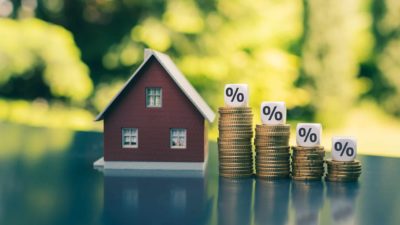There's been a bit of talk about Australia's plunging property market.
Major centres Melbourne and Sydney have been dominating the headlines as figures suggest the house prices in the country's two biggest cities are dropping by about $1000 a week.
Across the country, the story doesn't appear much better, at first glance.
A recent article by Domain Holdings Australia Ltd (ASX: DHG) draws upon figures which suggest 8.9% of Australians with home loans are experiencing negative equity.
The situation looks particularly dire in Western Australia where it's understood that 16.5% of mortgage holders are dealing with negative equity.
As such, recent interest rate rises by major banks including Australia and New Zealand Banking Group (ASX: ANZ), Commonwealth Bank of Australia (ASX: CBA) and Westpac Banking Corp (ASX: WBC) will likely only add to the pressure already felt by many.
However, away from those east coast hubs and major centres, far away, in north Western Australia, there's a different story.
The Pilbara region, home to major mining operations of some of Australia's biggest companies, including BHP Billiton Limited (ASX: BHP), Rio Tinto Limited (ASX: RIO), Fortescue Metals Group Limited (ASX: FMG), was touted as the 'engine room of Australia's economy' during the country's latest resources boom.
Then came the bust.
Port Hedland's property prices copped a beating amid a mining downturn, with the median house price falling from $1 million in 2014 to $342,500 in 2017, according to the Real Estate Institute of Western Australia (REIWA).
Karratha's property prices suffered, too; the median unit price dropped from $800,000 in 2014 to $132,500 in 2017, according to REIWA.
While those staggering losses may paint a fairly dismal picture, it appears there is hope.
Port Hedland's median house price has risen by 28.5% in past year to $440,000 while Karratha's median unit price has also edged up to $139,000, according to REIWA.
Does this mean the 'engine room of Australia's economy' is starting to fire up again?

